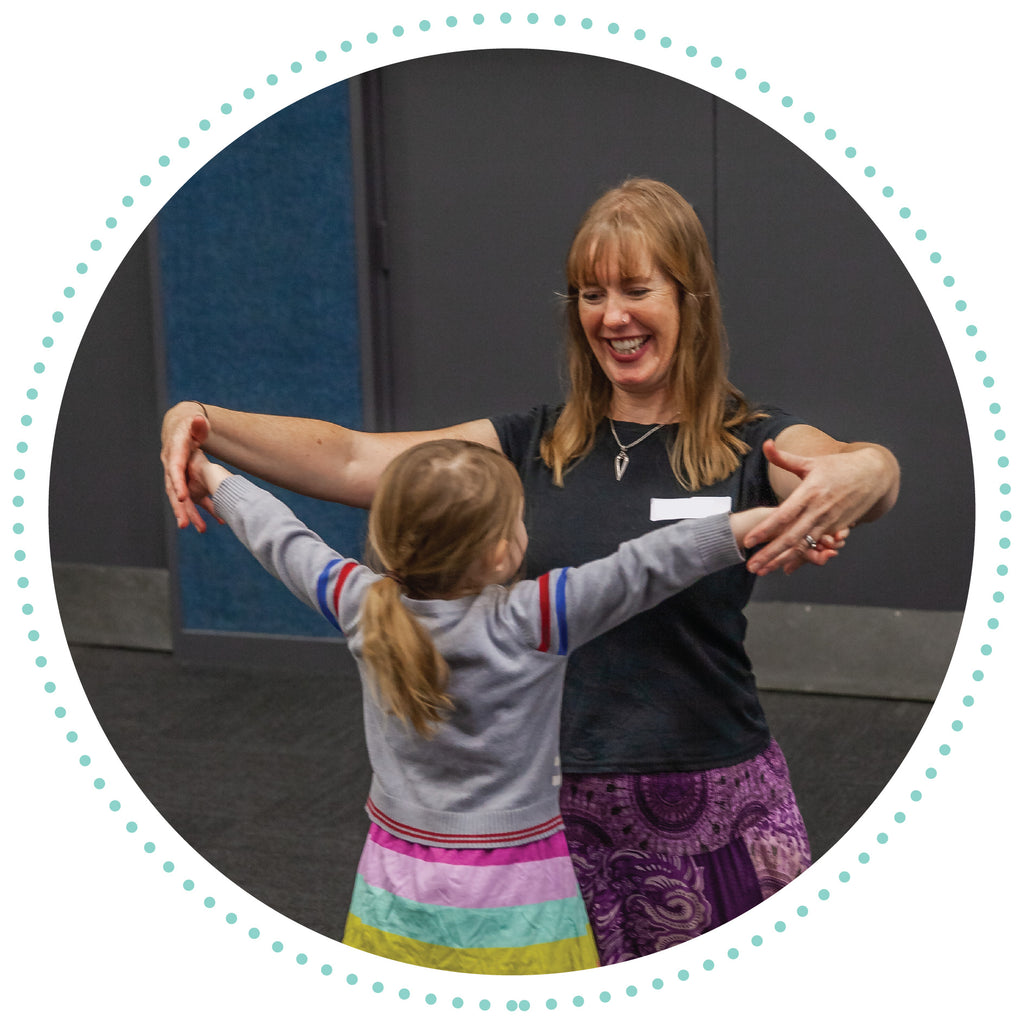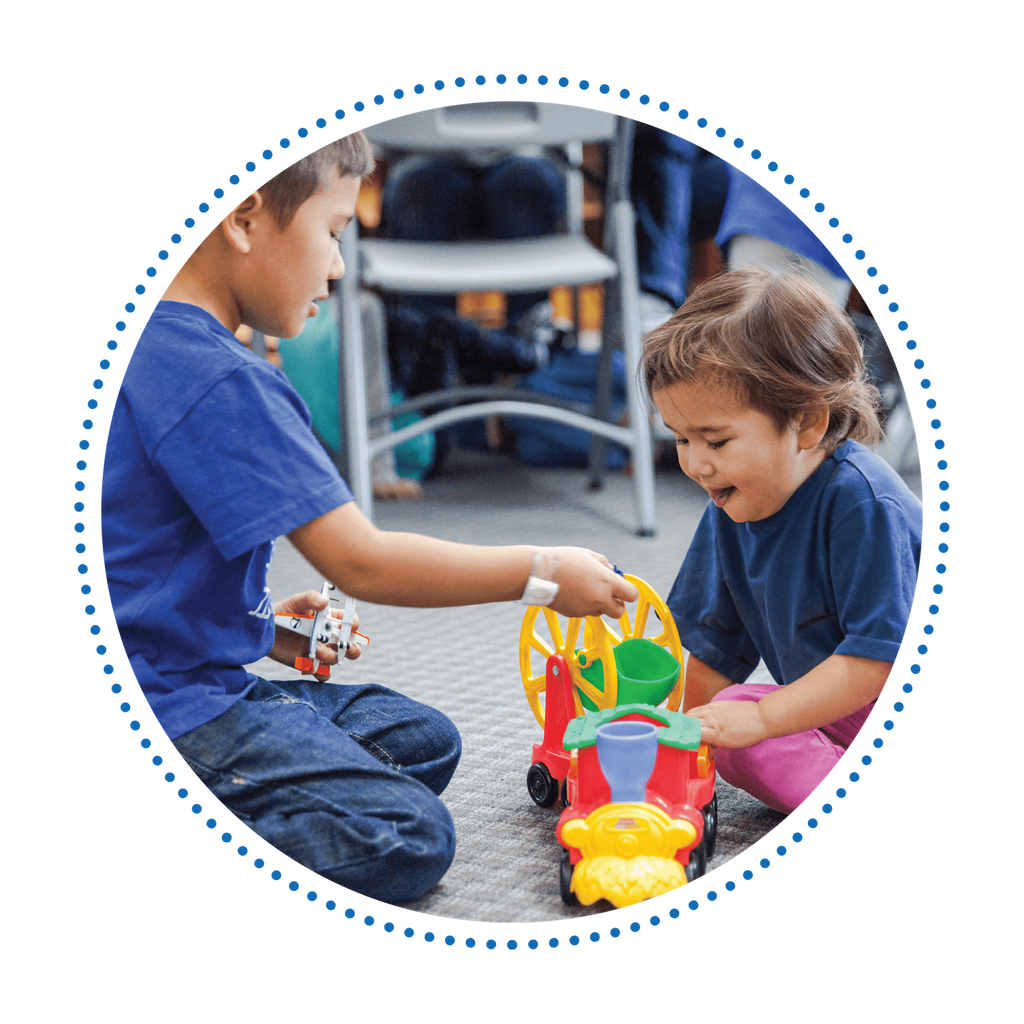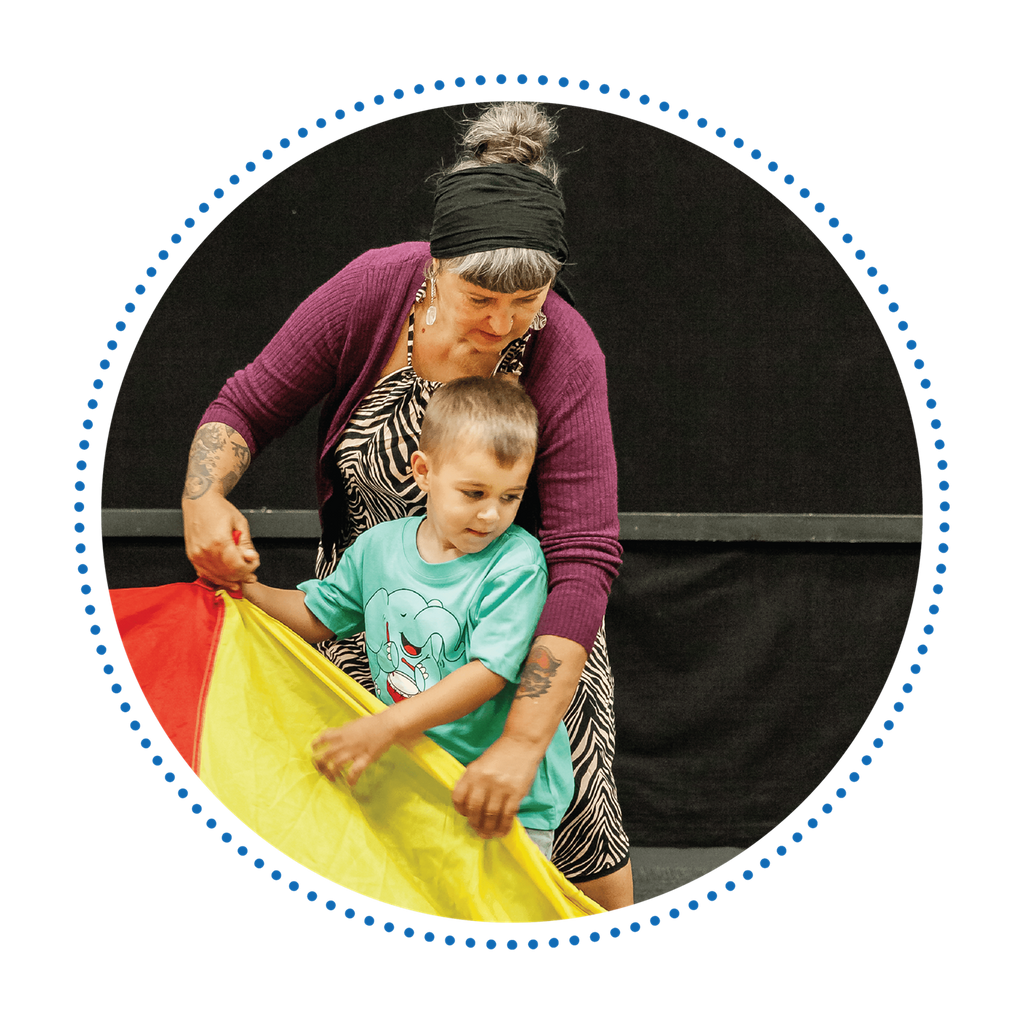When you come to a session, you sing. At mainly music, a lot; at mainly play, a little. There are benefits for both adult and child. The songs are not merely ‘filling time’. Each song has been selected for its outcome. Our music producer, Craig, had his plumber poke fun at him with the comment, “What an easy job you have. Making songs for children. A walk in the park!” Admittedly, the plumber had been crawling under Craig’s house amongst spider webs and dirt! Craig responded, “There is a science behind these songs. It’s not as easy as you think!” And Craig is right! Setting up the music tracks and embedding the vocal tracks requires a lot of work, especially because we’re focused on the outcomes of each song.
“The act of singing to your child emotionally settles you, and there is this thing called synchronicity, where your baby and you end up in the same emotional space. It’s quite magic.” According to Marie Van Gend, who has a PhD in music – she knows the power of singing lullabies. Not only did their baby recognise parental voices, they recognise the lullabies and familiar songs that were sung to them in utero. Did you realise that one word that made a difference? Sung. Phones, playlists, digital music, those don’t count. It’s your voice.
Now, if you’re not an opera singer or even feel you could hold a part in a community choir, never fear. Anyone can sing to their baby and then their growing child. Marie Van Gend says, “It’s the intent. It doesn’t matter what you sing – it’s the way you sing it, the act of singing and holding your child. A lot of people just make stuff up and that is totally OK.”
Interestingly, people who have sung to their children say things like, “It feels good (to sing), it feels like being a kid again and something to share from my childhood with my children.” And, “It works well to put them to sleep, that’s for sure, and they love singing it.”
When songs are being recorded for our sessions, we’re managing the speed of the words, the ability to include actions, the ‘sing-ability’, and the repetition. The songs need to have meaning to the children and connect with their interests. They need to be pleasant to listen to, enjoyable to move along to and have tunes that are memorable.
That’s the science behind the songs so that families find themselves easily connecting music with the rhythm of life. What are you waiting for? Sing, sing, SING!
For more information about singing to your baby or child, search ABC Life,
Why you should sing to your baby (even if you’re not a good singer)




